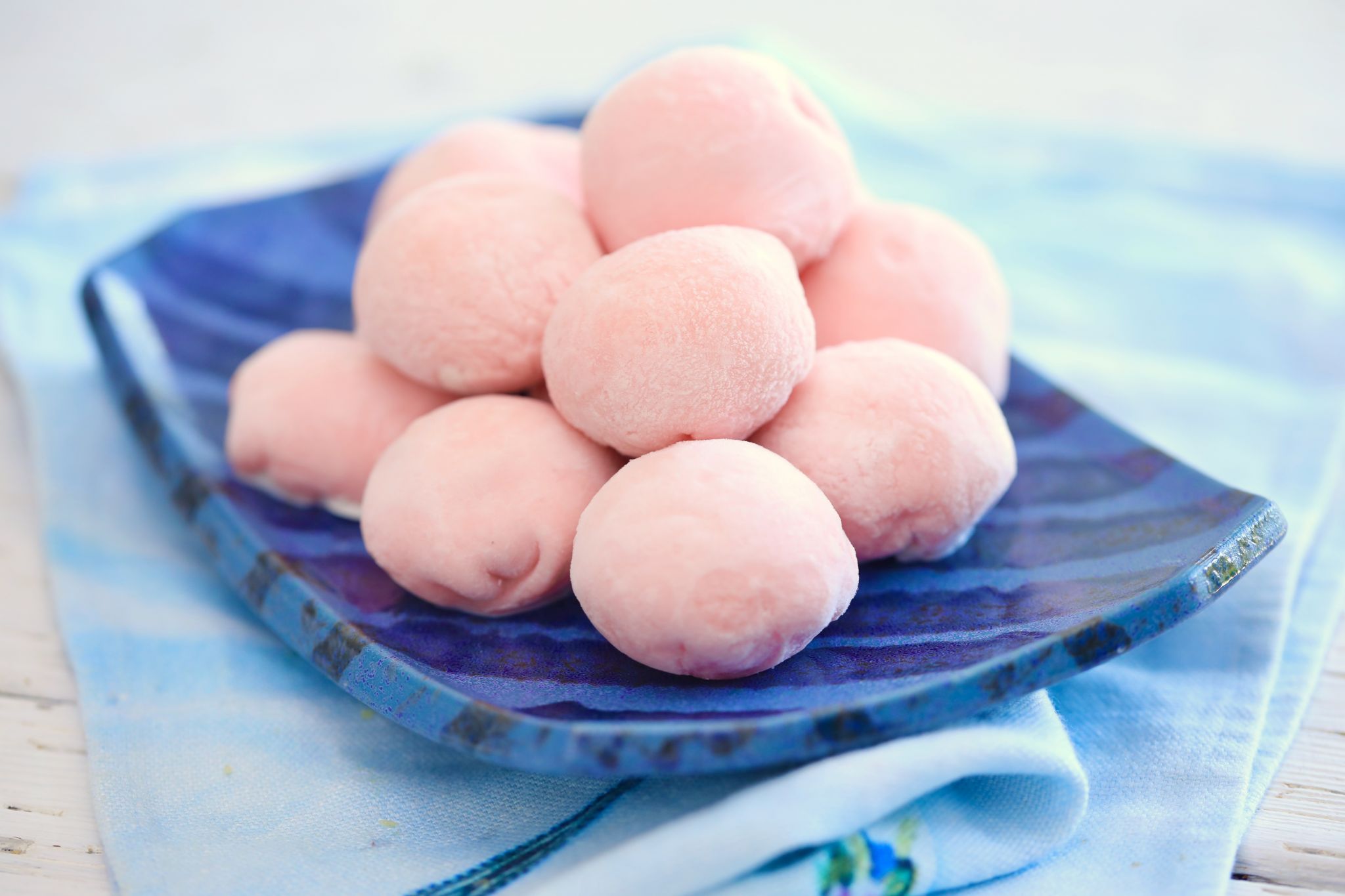

Ĭhamars are primarily concentrated in Sagar, Morena, Rewa,īhind and Chhatarpur districts. Gujarat's government has made an effort to change their name from 'Chamar' to 'Rohit' and to change the name of their villages and towns from 'Chamarvas' to 'Rohitvas'. In Gujarat also known as Bhambi, Asodi, Chamadia, Harali, Khalpa, Mochi, Nalia, Madar, Ranigar, Ravidas, Rohidas, Rohit, Samgar. Chamar population in India by State, 2001 DemographicsĪccording to the 2001 census of India, the Chamars comprise around 14 per cent of the population in the state of Uttar Pradesh and 12 percent of that in Punjab. In 2011, several politicians demanded that it be revived. The Regiment, with one year of service, received three Military Crosses and three Military Medals It fought in the Battle of Kohima. It was converted to the 1st Battalion and later disbanded shortly after World War II ended. Officially, it was created on 1 March 1943, as the 27th Battalion 2nd Punjab Regiment. The 1st Chamar Regiment was an infantry regiment formed by the British during World War II. They believe that leatherwork is "degrading" when compared to weaving. Pruthi suggests this is in the hope that they might in future be considered as Julaha by other communities. Ambedkar to adopt the surname Rao and Jatav.Ĭhamars who have adopted the weaving profession and abandoned tanning and leathercraft, identify themselves as Julaha Chamar. In Punjab, they are mainly found in Ludhiana, Patiala, Amritsar and Jalandhar cities. Most of the Dhusia in Punjab and Haryana migrated from Pakistan after partition of India. They are found in Uttar Pradesh, and elsewhere. Dhusiaĭhusia is a caste in India, sometimes associated with Chamars, Ghusiya, Jhusia or Jatav. Under the unification drive of BSP, these rival castes came together for the cause of unity of Dalits under same political umbrella. The Pasis worked as lathail or stick weilders for the "Upper Caste" landlords and the later had compelled them in past to beat Chamars many a times. The root cause of this bitter relationship was their roles in feudal society. In the past, Chamar had shared bitter relationship with the Pasis, another Dalit caste. With the emergence of BSP in Uttar Pradesh, a collective solidarity and uniform Dalit identity was framed, which led to coming together of various antagonistic Dalit communities. There are reports which indicates that the upper-caste landlords often took the help of Police in order to beat the women of Chamar caste and draw them out of their villages on the question of parity in wages. The oppression however was not fully stopped as the friction between upper-caste landlords and the tillers continued.

In 1970s, the activism of peasant organizations like "Kisan Samiti" is said to have brought an end to these practices and subsequently the dignity was restored to the women of lower castes. The "pinching of breast" by the upper caste landlords and the undignified teasings were also common form of oppression. The other form of oppression which was inflicted on them was disallowing them to walk on the pathways and draw water from the wells, which belonged to Rajputs.


In order to keep their men in submissive position, these upper-caste landlords raped these Dalit women, and often implicate the male members of latter's family in false cases, when they refused sexual contacts with them. In reference to villages of Rohtas and Bhojpur district of Bihar, prevalence of a practice was revealed, in which it was obligatory for the women of Chamar and Dusadh community to have sexual contacts with their Rajput landlords. Chamars have remained one of the most discriminated community within Hinduism. It has been described as a casteist slur by the Supreme Court of India and the use of the term to address a person as a violation of the Scheduled Caste and Scheduled Tribe (Prevention of Atrocities) Act, 1989. The term chamar is used as a pejorative word for dalits in general. Ramnarayan Rawat posits that the association of the Chamar community with a traditional occupation of tanning was constructed, and that the Chamars were instead historically agriculturists.


 0 kommentar(er)
0 kommentar(er)
